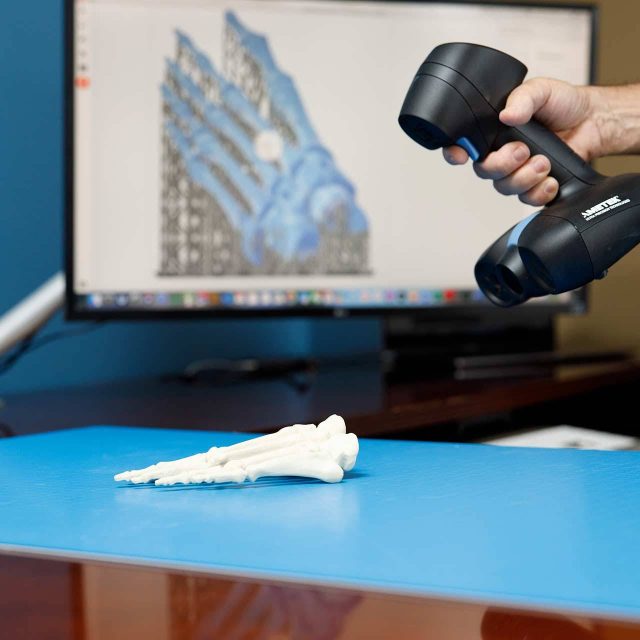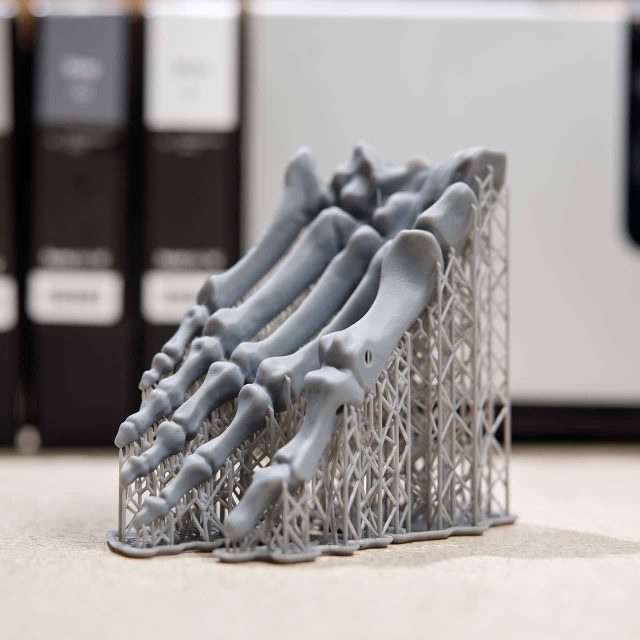Prototyping and Master Development
Bone & Soft-Tissue
You need bones to demonstrate workflow, size selection, and proper fit. You want to demonstrate the simplicity of use in a memorable and meaningful way. Communicating how the device solves this problem is vital. Our prototyping and master development services empower you to communicate this clearly.
The Challenge
Organic shapes like bones and soft tissue represent special challenges for engineers and anatomy artists. Simple creation through standard CAD modeling processes isn’t possible. They can’t be defined and created through sketches and parametric modeling techniques.
They also are tough to fabricate due to undercuts and trapped parts when using hard tools like steel injection molds.
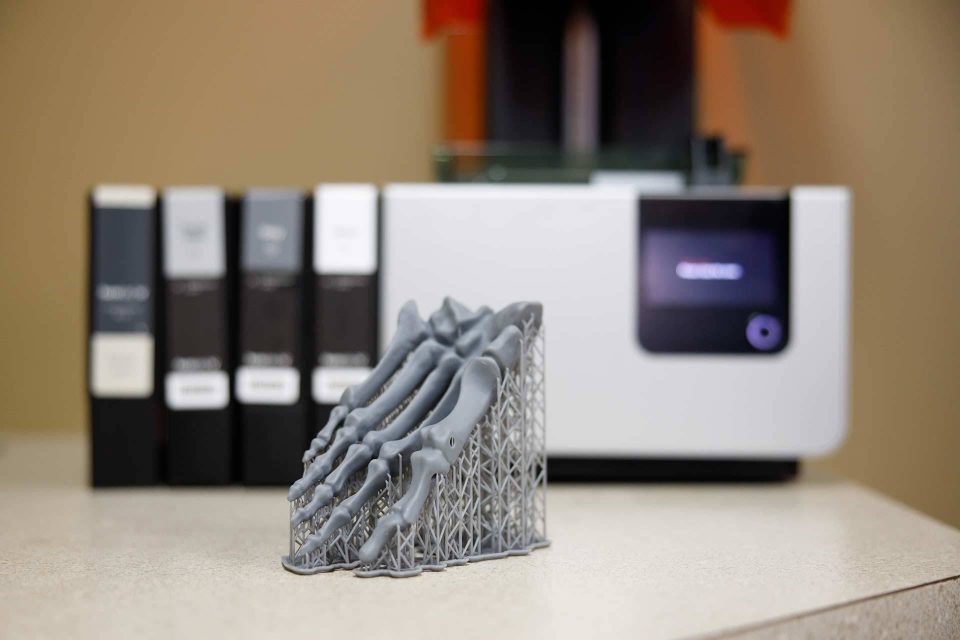
Modern Solutions: Scanners and Mesh Software
We often scan physical models with our highly accurate Creaform scanners and create a mesh file or “.stl”. These mesh files can be converted to parasolids or “dumb solid” models through GeoMagic DesignX, a specialized package from 3D Systems not always available to device engineers (as they design devices not bones).
At OsteoShape, we can then use boolean subtraction techniques to correctly orient and create cavities for your instruments and implants within the parasolid. We then send you a rendering of the bone with the implant to verify.
A Star is Born: the SLA “Master” With High-Resolution Finishes
SLA rapid prototype printing is our preferred method to create highly accurate 3D models with high-resolution surfaces. The process converts liquid plastic into a solid 3D model using stereolithography.
Using the printed prototypes as the master to make molds, we verify the fit of the devices after casting the part in thermoplastic materials which involve shrinkage.
A Star is Cloned: Molded & Casted Parts
We are experts at reproducing anatomic shapes, using silicone molds or “soft tools” to produce parts. In small production runs, this is often the preferred method.
For example, injection molding simply does not work when producing scapular or pelvis specimens as they involve unique drafts and undercuts leading to parts being trapped within the molds. A silicone mold will flex to allow the release of the part.
Frequently Asked Questions
How long will it take?
Each project is unique. For complex projects involving design and development, we will first schedule a virtual meeting with you and then provide a “scope of work” document detailing a timeline for the steps to completion.
Most projects require prototype approval, which can occasionally lead to delays depending on your company’s approval process. Changes to the scope of work can also delay the project, so a thorough understanding of the project upfront is critical.
Our team will work with you throughout the process to ensure unnecessary delays don’t occur.
How much will it cost?
We quote all of our work based on time and materials. As a general rule, the first model is always the most expensive model.
Who does the work and where is it done?
Phil and his team are all experienced in the creation of 3D printing, masters, molds, high-quality paintwork, and finishes. We have made bone models and implant replicas for years at our on-site facilities with a variety of equipment and processes located in Warsaw, Indiana.
Any outside work is completed in the USA, generally in close proximity to our Indiana location to save time and reduce shipping expenses.
Can you work with an engineering file?
Yes, we routinely work with Unigraphics, Solidwork, Parasolid, and mesh files provided by customers and have experienced orthopedic engineering resources to assist you.
Starting with your files is the easiest way for us to begin work.
The Process
How Does it Work?
Define Project Scope
We start with your description of the need and create a written project scope. The scope of work can be done in person or virtually.
Design & Development
Our design & development team will create a rendering of how your product will work in your target environment.
Prototype
With most of our projects, a prototype is produced from the approved renderings generated during the design & development phase.
Production
After approval of the prototype, we will fabricate the predetermined quantity of your model, sales kit, exhibit, educational tools, or other solution.
Continued Support
Our production system ensures each customer has a designated cart to ensure reproducibility and easy future reorders and support.
Related Case Studies
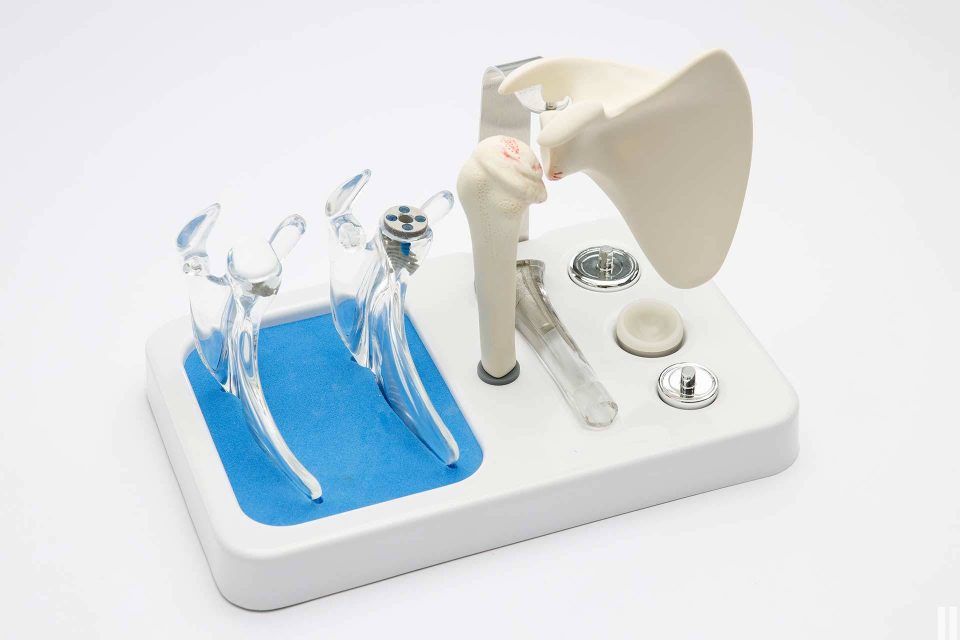
Shoulder Patient Education
Learn More
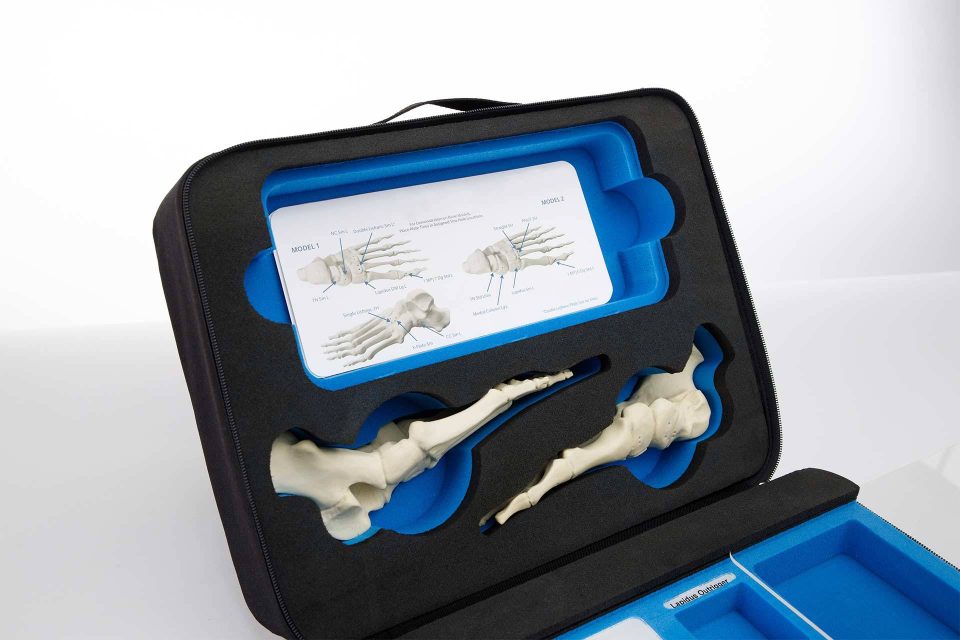
Forefoot Sales Kits
Learn More

Oncology and Salvage Arthroplasty Exhibit
Learn More
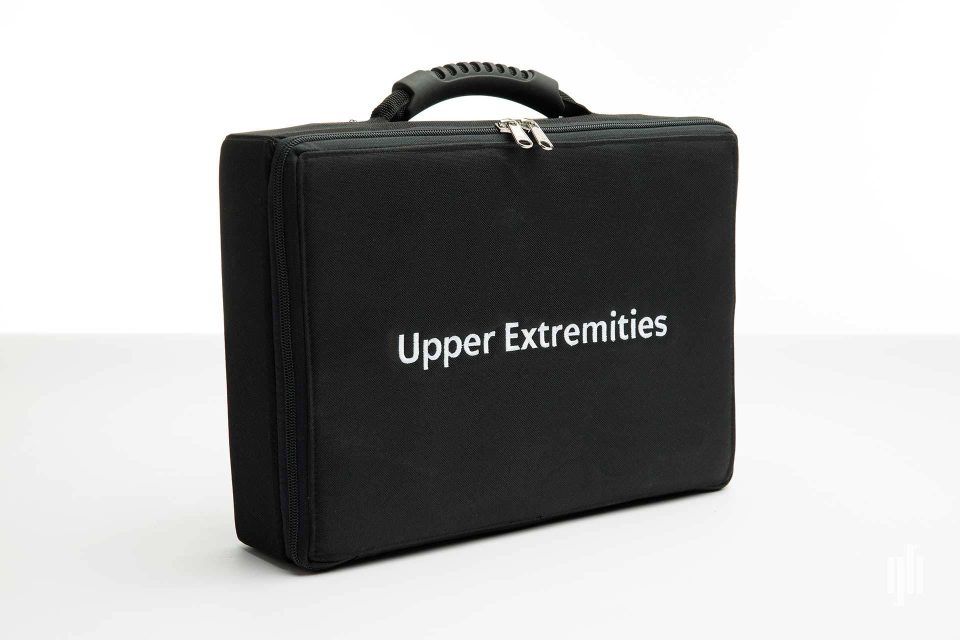
Upper Extremities Sales Kits
Learn More
